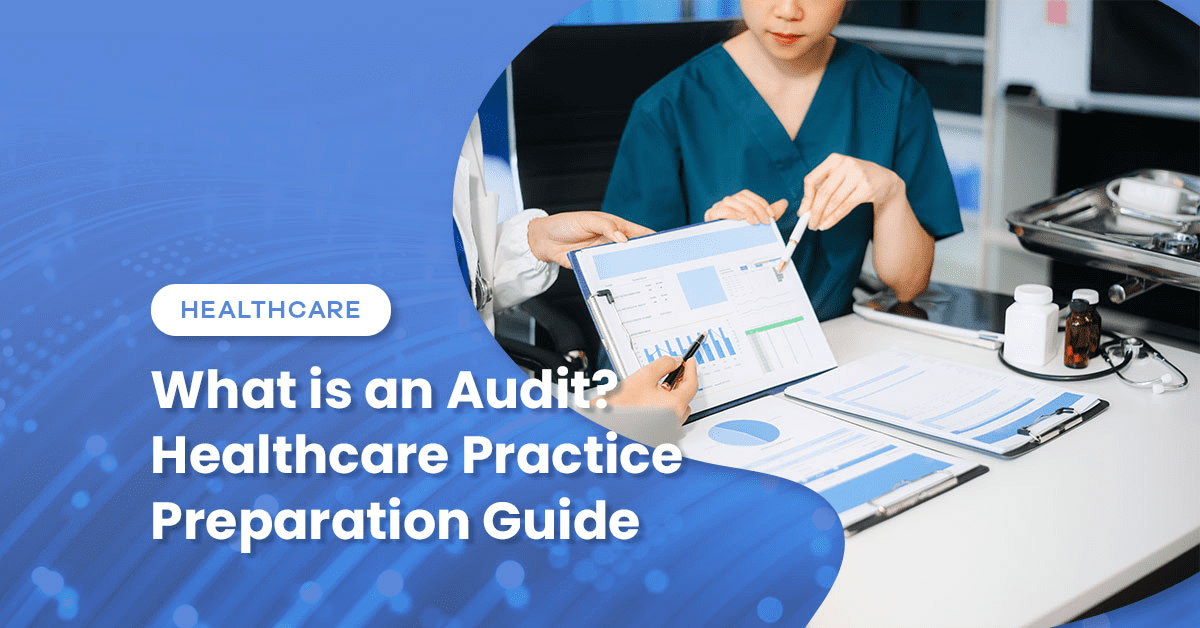Healthcare employees work brutal hours. They deal with life-and-death decisions. They navigate hospital politics. And somehow, they’re supposed to find time to optimize retirement planning.
Here’s something most healthcare workers don’t know: if you work for a hospital system, academic medical center, or government healthcare facility, you likely have access to a 457(b) plan.
What Makes a 457(b) Plan Different
A 457(b) plan is a deferred compensation plan available to employees of state and local governments and certain tax-exempt organizations. Translation: hospitals, health systems, and public healthcare employers.
It looks like a 401k. It acts like a 401k. But it has features that make it significantly better for specific situations.
The contribution limit matches 401k plans—$23,500 for 2025, plus $7,500 catch-up if you’re over 50. But here’s where it gets interesting: you can contribute to both a 457(b) and a 403(b) simultaneously.
That’s $47,000 in annual tax-deferred contributions before catch-up provisions.
The No-Penalty Withdrawal Rule
Withdraw from a 401k before age 59½? 10% early withdrawal penalty plus income taxes. Withdraw from a 457(b) plan before age 59½ after separation from service? Income taxes only. No penalty.
Read that again. The 457(b) plan has no early withdrawal penalty if you’ve left your employer.
For healthcare workers planning early retirement, career changes, or extended sabbaticals, this is transformative. A physician retiring at 55 can access 457(b) funds immediately without penalty. A nurse transitioning to part-time work at 52 can tap 457(b) savings without the IRS taking an extra 10%.
Double-Dipping Contribution Limits
Healthcare employees with both 403(b) and 457(b) options can contribute to both plans in the same year. The contribution limits don’t interact.
403(b) limit: $23,500 457(b) limit: $23,500 Total tax-deferred contributions: $47,000
Add employer matching on the 403(b), and you’re approaching $50,000 to $55,000 in annual retirement contributions. That’s not including backdoor Roth conversions, HSA contributions, or taxable brokerage accounts.
For attending physicians earning $300,000 to $500,000 annually, maxing both accounts could be a good option.
The Special Catch-Up Provision
The 457(b) plan has a unique “special catch-up” provision that’s different from the standard age-50 catch-up.
In the three years before normal retirement age, you can contribute double the annual limit—up to $47,000 annually—if you didn’t max out contributions in previous years.
If you under-contributed during residency or early career years, you can accelerate contributions significantly before retirement.
You can’t use both the special catch-up and the age-50 catch-up simultaneously. You pick the one that’s more favorable. Do the math or hire someone who will.
Investment Options: The Good and the Bad
Most 457(b) plans offer investment menus similar to 403(b) plans. Index funds, target-date funds, actively managed mutual funds with expense ratios that should be illegal.
The quality varies by employer. Large academic medical centers often have decent options. Smaller hospital systems might offer whatever their benefits administrator could negotiate.
Check your expense ratios. Expense ratios are often under 0.50%, so be cautious about higher ratios. Anything over 1.00% for actively managed funds better come with exceptional performance.
If your 457(b) plan has poor investment options, you’re facing a trade-off. Bad investments with tax deferral versus good investments in a taxable account. Usually, tax deferral wins. But not always.
Governmental vs. Non-Governmental Plans
This distinction matters more than most people realize.
Governmental 457(b) plans—offered by public hospitals, county health systems, and state universities—have stronger creditor protections. The assets are held in trust separate from the employer.
Non-governmental 457(b) plans—offered by private non-profit hospitals—hold assets as the employer’s property until distribution. If the hospital files bankruptcy, your 457(b) assets become part of the bankruptcy estate.
That’s not theoretical. It’s a real risk. Private hospital systems have financial problems. Sometimes catastrophic ones.
If you work for a private non-profit hospital, this credit risk is part of your planning calculation. You might cap 457(b) contributions and prioritize 403(b) or taxable accounts instead.
Tax Planning Across Career Stages
The 457(b) plan serves different purposes at different career stages.
Residency and fellowship: At this early stage, contributing to a 457(b) plan may not be as high of a priority as building up savings.
Early attending: By the time you are making $250,000 to $400,000, you may want to consider maxing out retirement contributions and using them to save on taxes.
Mid-career: You’re established. Income is stable. Max contributions should become standard practice. You may also be looking to expand your wealth through taxable brokerage accounts and real estate investments.
Pre-retirement: The special catch-up provision becomes relevant. You’re thinking about withdrawal strategies and Roth conversion opportunities.
The 457(b) plan isn’t a set-it-and-forget-it decision. It’s a tool that adapts to your financial situation.
Withdrawal Strategy Matters
Here’s where planning gets tactical.
Let’s say you retire at 60. You have multiple retirement accounts: 457(b), 403(b), traditional IRA, Roth IRA, and taxable brokerage.
Standard advice says delay Social Security until 70, withdraw from taxable accounts first, let tax-deferred accounts grow until Required Minimum Distributions at 73.
With a 457(b)? It may be a different game. You can access those funds penalty-free immediately after retirement. That creates Roth conversion opportunities.
You could withdraw from the 457(b) to cover living expenses. Or convert traditional IRA or 403(b) funds to Roth during low-income retirement years before Social Security and RMDs kick in. You may pay taxes on conversions at lower rates, deliberately filling up the 12% and 22% brackets.
This is sophisticated planning, and you should work with a tax pro to support decisions like these.
The Loan Provision
Some governmental 457(b) plans allow loans. Up to $50,000 or 50% of your vested balance.
Loan repayments don’t count toward annual contribution limits. You’d repay the loan with after-tax dollars while missing out on new pre-tax contributions. The opportunity cost compounds.
Employer Matching: Don’t Leave Money on the Table
Some healthcare systems offer employer contributions to 457(b) plans. Not common, but not unheard of.
If your employer matches 457(b) contributions, contribute enough to get the full match.
The annual limit for 457(b) plans is $23,500 for 2025 and applies to the sum of employee deferrals and employer contributions.
Portability and Rollovers
Leave your healthcare employer? You have options.
Governmental 457(b) plans can stay with your former employer or can be rolled tax-free to a 401(k), 403(b), another governmental 457(b), or a traditional IRA (Roth conversion optional and taxable).
Non-governmental 457(b) plans are even more restrictive. Usually, you must take distribution within a specific timeframe after separation.
This lack of portability is a legitimate disadvantage. Plan accordingly. If you’re planning multiple employer changes, the 403(b) might be more flexible in the long term.
The Vesting Question
Employer contributions to 457(b) plans may be subject to vesting schedules. Your contributions are always 100% vested. Employer contributions might require two, three, or five years of service.
Change jobs before vesting? You forfeit unvested employer contributions.
Know your vesting schedule.
Integration with Other Healthcare Benefits
Healthcare employees often have access to multiple tax-advantaged accounts:
- 403(b) or 401k
- 457(b)
- Health Savings Account (HSA)
- Flexible Spending Account (FSA)
- Employee Stock Purchase Plans (for publicly traded health systems)
The optimization equation is complex. Generally:
- Contribute to get a full employer match (403(b)/401k)
- Max HSA contributions ($4,300 individual, $8,550 family for 2025, plus $1,000 catch-up)
- Max 457(b) contributions
- Return to max 403(b)/401k contributions
- Consider taxable brokerage and Roth conversions
Your specific situation might alter this order. Student loan balances, timeline to retirement, and current tax bracket all matter.
The Bottom Line for Healthcare Workers
The 457(b) plan is the retirement account that healthcare employees may use. The no-penalty early withdrawal feature alone makes it worth it to maximize for anyone considering pre-65 retirement.
Combined with 403(b) contributions, healthcare professionals can defer $47,000 annually in a tax-advantaged environment.
You’re already working brutal hours in a demanding field. Don’t let retirement planning complexity prevent you from using the accounts you’ve earned through that service.
457(b) plan optimization requires understanding both plan-specific rules and broader tax strategy. Wiss & Company works with healthcare professionals navigating complex retirement planning across multiple employer-sponsored accounts and tax-advantaged vehicles.





 Previous
Previous


